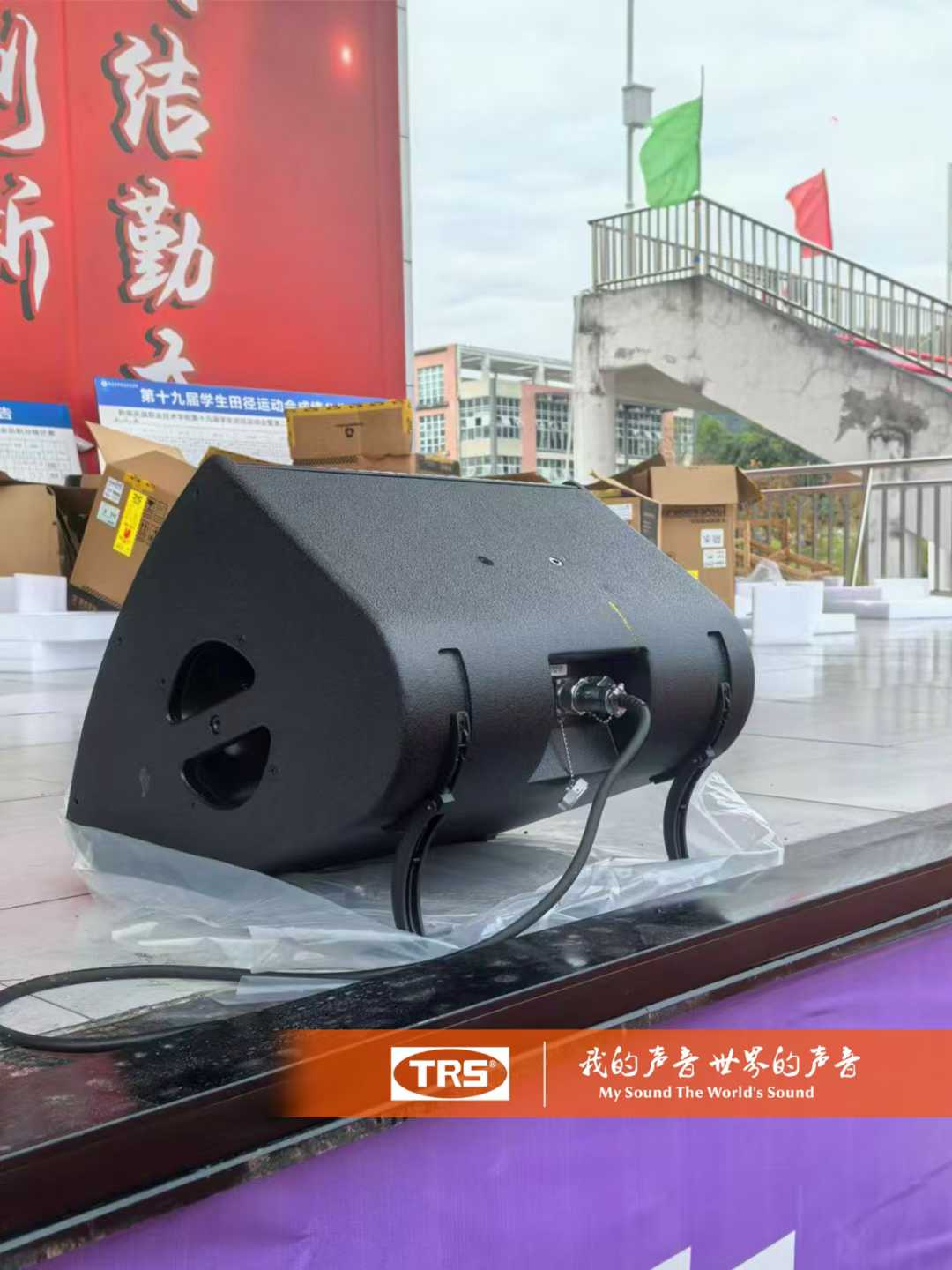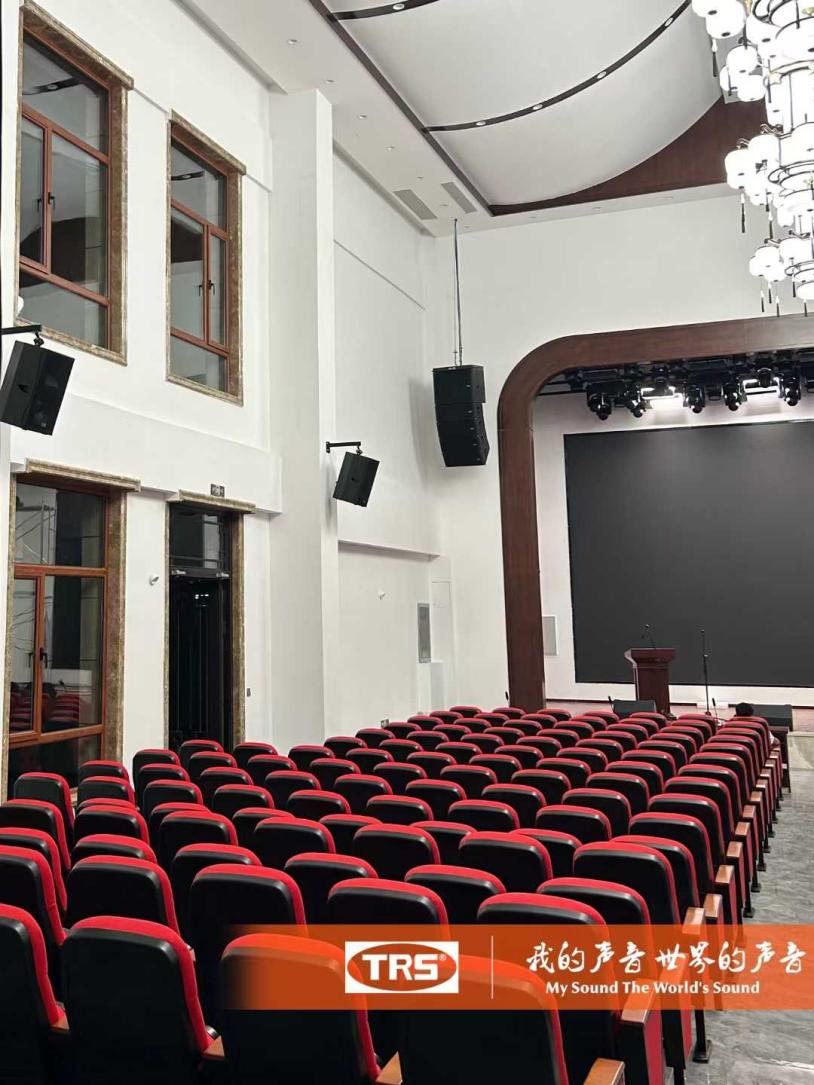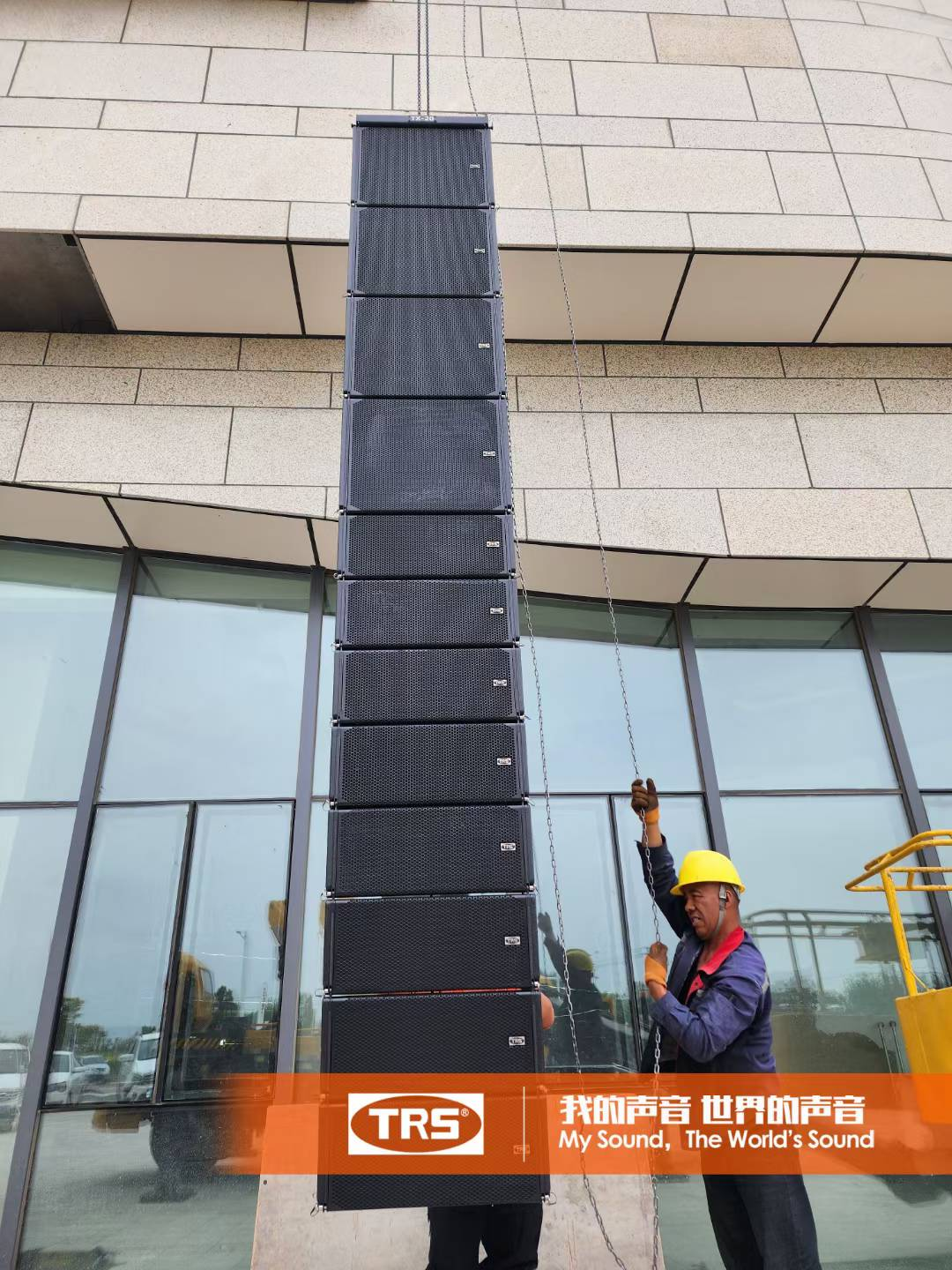The comprehensibility of court recordings must reach over 95%, and every word is related to judicial fairness
In a solemn and dignified courtroom, every testimony can become crucial evidence in determining a case. Research has shown that if the comprehensibility of court recordings is below 90%, it may affect the accuracy of the case trial. This is precisely the essential value of professional audio systems in the field of justice – they are not only transmitters of sound, but also guardians of judicial fairness.
The core of the courtroom audio system lies in its impeccable clarity. The judge’s seat, lawyer’s seat, witness seat, and defendant’s seat all need to be equipped with high-sensitivity microphones, which must have anti-interference ability, accurately capture the original voice of the speaker, and effectively suppress environmental noise. More importantly, all microphones need to adopt redundant design to ensure that recording will not be interrupted even if a device malfunctions.
The power amplifier system is a crucial component in ensuring sound quality. The court specific amplifier must have a very high signal-to-noise ratio and extremely low distortion to ensure that the sound signal remains as it is during the amplification process. Digital amplifiers can also provide stable power supply, avoiding audio distortion caused by voltage fluctuations. These features enable every syllable in court records to be accurately reproduced.
Processor plays the role of an intelligent sound engineer in the courtroom audio system. It can automatically balance the volume differences of different speakers, ensuring that the judge’s majestic bass and the witness’s subtle statements can be presented at an appropriate volume. At the same time, It also has real-time noise reduction function, which can filter out background noise such as air conditioning sound and paper flipping sound, and improve the purity of recording.
A high-quality courtroom audio system also needs to consider the uniformity of the sound field. By carefully designing the speaker layout, it is ensured that all speeches can be clearly heard from every position in the courtroom. This is particularly important in the design of jury seats, as it must ensure that every juror has equal access to audio information.
The recording and archiving system is the final stage of the courtroom audio system. All audio signals need to be digitized and stored with timestamps and digital signatures to ensure the integrity and immutability of the recorded files. The multi-channel backup mechanism can prevent data loss and provide reliable basis for possible second or review.
Post time: Sep-23-2025



